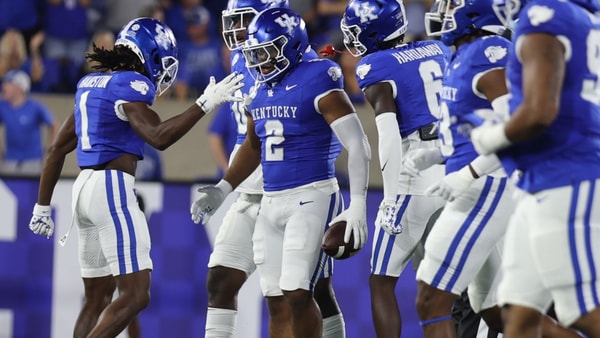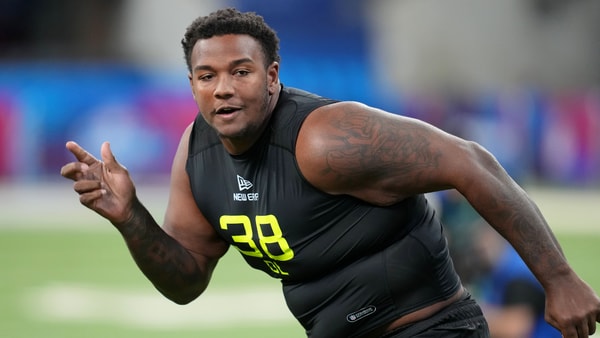Mark Pope will take a balanced approach with analytics

Mark Pope‘s offensive philosophy matches up with the way modern basketball is trending: lots of shooting, lots of shots at the rim, and lots of opportunities to make those two things happen more often than anything else.
During Tuesday’s Kentucky basketball Media Day, Pope’s players were not shying away from the idea that Kentucky wants to shoot upwards of 35 three-pointers per game this season. In fact, they all embraced it when asked. All but a handful of the dozen scholarship pieces on the roster this season are reliable outside shooters. Hitting that 35 mark isn’t even a goal at this point — it’s quickly becoming the expectation.
But that’s what the numbers say will serve Pope’s squad best right now. It’s a tough theory to argue against, too. This is a group that excels from beyond the arc, so they should take advantage of it as much as possible. At the same time, Pope is also a coach who wants to make sure he has every available option at his disposal. What if taking 35 three-pointers per contest ends up not being the way he wants to lead this group?
That’s where analytics come into his approach. There might be something more effective out there, which is why it’s important to be open-minded when consuming and breaking down data.
“There are some places where (analytics) weighs heavily,” Pope said at Media Day. “Mostly I do what I ask my players to do, which is to take in all the information. Be curious — humility and curiosity.”
Incorporating analytics will be a significant factor in how Pope coaches this team. Jaxson Robinson, the only guy on this team who has played under Pope, says the head coach keeps his team aware of their points per possession. “We always track our points per possession,” Robinson said. “Want to make sure we’re over one point per possession every single time we play.” An analytics staff member comes around before each game to talk about what the numbers are saying about themselves and the opponent.
However, Pope pointed out that wading through and deciphering some of the more complicated numbers isn’t as easy as just looking at them on a spreadsheet. Things change throughout the course of a game, of a season. It’s also hard to accurately define some advanced stats if there isn’t a big enough sample size.
Top 10
- 1Breaking
Shedeur Sanders drafted
The wait is over
- 2New
Costly fall in NFL Draft
How much plummet costs Shedeur Sanders
- 3Hot
Prank Callers revealed
Video of Shedeur Sanders prank callers
- 4
Picks by Conference
SEC, Big Ten continue to dominate Draft
- 5
RG3 hammers NFL execs
Over Shedeur Sanders situation
Get the On3 Top 10 to your inbox every morning
By clicking "Subscribe to Newsletter", I agree to On3's Privacy Notice, Terms, and use of my personal information described therein.
“We’ll use (analytics) really heavily. But it also has massive limitations,” Pope added. “You talk about lineup combinations late in the game. The truth is you’ll be 18 games in the season and you still don’t even have anywhere near close to enough data to actually rely on it at all.
“It’s a little bit different than some other sports because basketball is changing so fast. The situations change so fast in the course of a game that you end up with a product in the last few minutes of a game that might not be anything resembling like the product you anticipated. And you’ve probably introduced four or five or six or seven new variables because you don’t stop. It just keeps going and going.”
Adapting to the analytics as they update over time will be key, especially as the sample size continues to grow. But Pope did acknowledge that a coach’s bias can sometimes naturally get in the way, in part because the sample size will never truly be as large as he wants in order to fully rely on it. That’s not a bad thing though. Both are useful tools.
“It’s a balance,” he said. “To take in all that information, you kind of just have to read it in real-time.”









Discuss This Article
Comments have moved.
Join the conversation and talk about this article and all things Kentucky Sports in the new KSR Message Board.
KSBoard